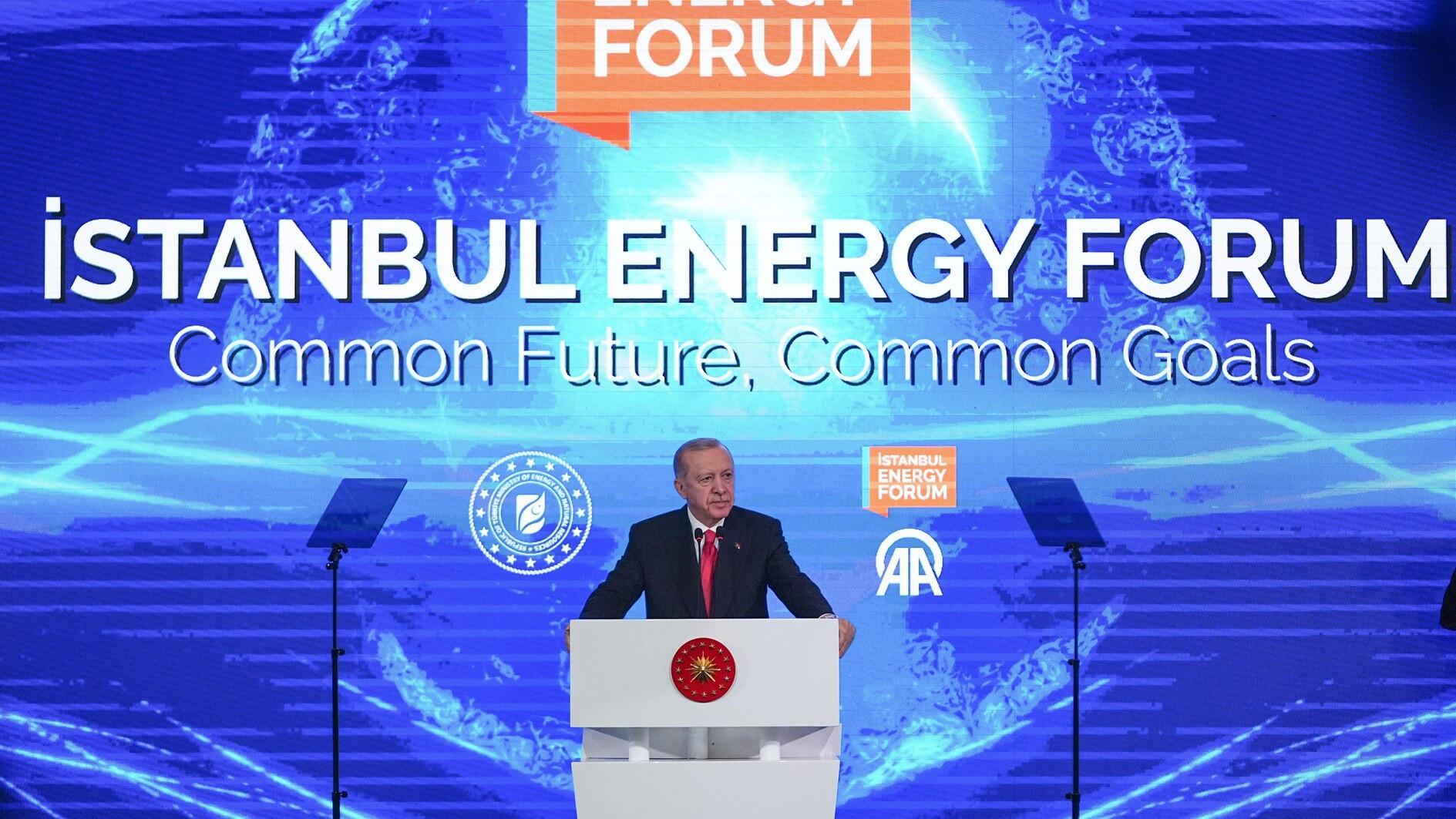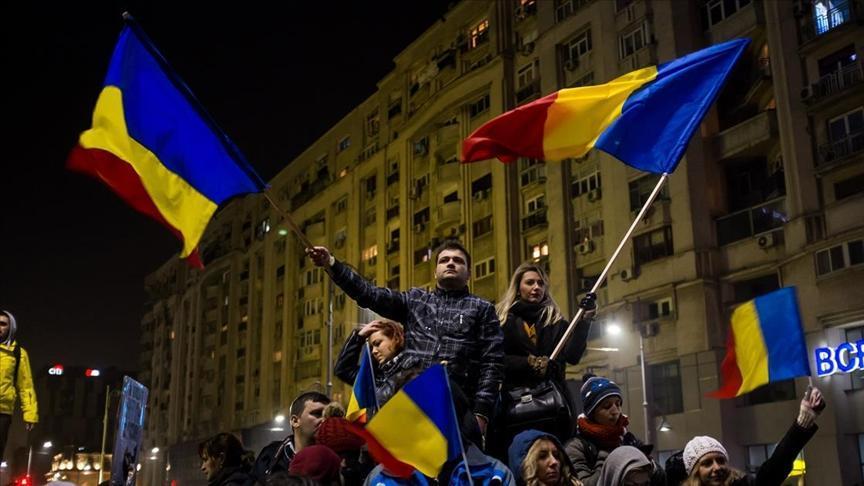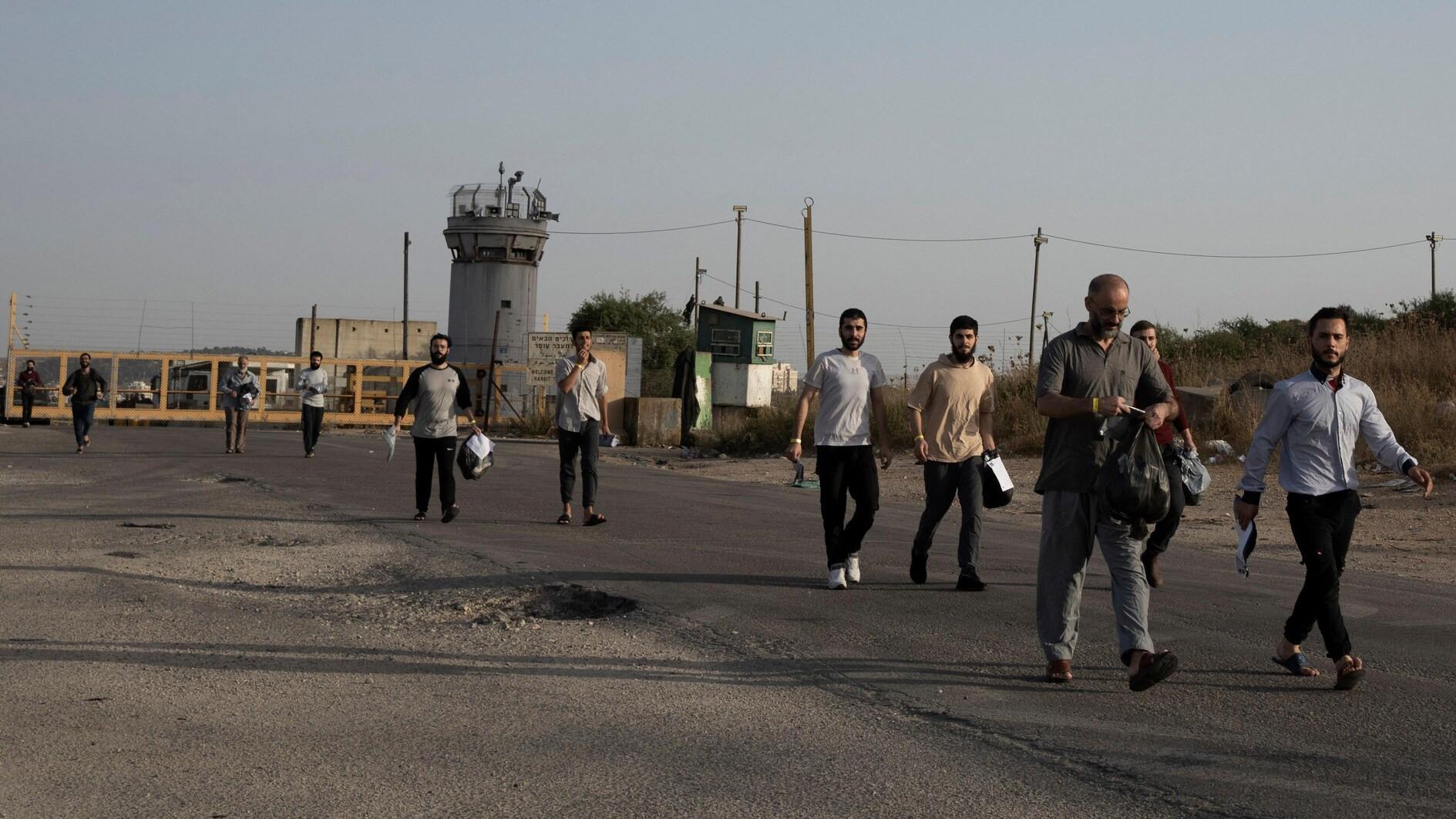The December 17th axis
Turkey survived a serious coup attempt exactly two years ago, on Feb. 7, 2012. It was nothing more than an attempt at sabotage. Had the police-prosecutor initiative been successful, the third dynamic - meaning the judge - would have joined the liaison. Similar to Dec. 17, the attempt was stopped short only because of the legislation that made the prime minister’s permission necessary for an indictment of any member of the National Intelligence Organization (MİT).
The biggest similarity between Feb. 7 and Dec. 17 is the method employed by the police-judiciary. Both operations had similar aims and utilized similar methods. Those who tried to convince us Dec. 17 was nothing more than an “ordinary investigation” are the same ones who either ignored Feb. 7 or interpreted it as a routine legal process.
The saboteurs masked their intention to intervene in the political order by exploiting the judiciary. On Feb. 7, they used Hakan Fidan and MİT agents who allegedly committed crimes as an attempt to intervene in the Kurdish resolution process, and on Dec. 17 they used allegations of corruption in order to influence democratic processes. Once it was realized that a crushing majority of the people wanted a resolution that would stop the bloodshed, the efforts to influence politics via the Kurdish issue were redirected into the “corruption investigation.” After the attempt of Feb. 7 failed, the police-judiciary joint force felt the need to change strategies. Allegations of corruption, instead of an operation within the administration, were chosen as the new strategy, as they would appeal to a wide spectrum with their ethical and financial dimensions. Targeting Erdoğan, they threw any ammunition they could find into the “corruption bag.” The real aim was nothing but a blatant desire to redesign politics.
The strongest evidence in support of the claim that the events of Feb. 7 and Dec. 17 are similar and that they have something to do with the Gülen movement is the identical reactions of the media groups owned by the Gülen group to both events. The perception that the Gülen movement was behind both events was cemented when the Gülen movement worked to insert itself into the “crime scene” on Feb. 7 and when they zealously played the role of both the police and the prosecutor.
The boldest move after Dec. 17 on Erdogan’s part was implicating the Gülen movement in the events. With this move, the organization - which was built on cautionary measures, existing as a proxy and surviving multiple traumas, was either denied or simply rejected expressing what it stood for, made taking credit for others’ successes a way of life, believed the repetition of platitudes passed for philosophy and, most importantly, thought politics was nothing but the analysis of relations - collided into a wall head on: Transparency.
Yes, as of Dec. 17, the Gülen group has stepped onto the transparent, real and very public sphere of politics, where everything they do will be seen and heard. The Justice and Development Party (AK Party) will come out of this struggle as it went in — as a political party. As a political party, it will be accountable to its constituency. The legal process will judge the allegations in its own sphere. A similar process of judgment applies to the Gülen movement as well. However, unlike the AK Party, the Gülen movement may come out of the struggle with existential crises. The biggest problem that will be faced the group, which was perceived as just a religious group before Dec. 17, may well be that it remains only a religious group.










